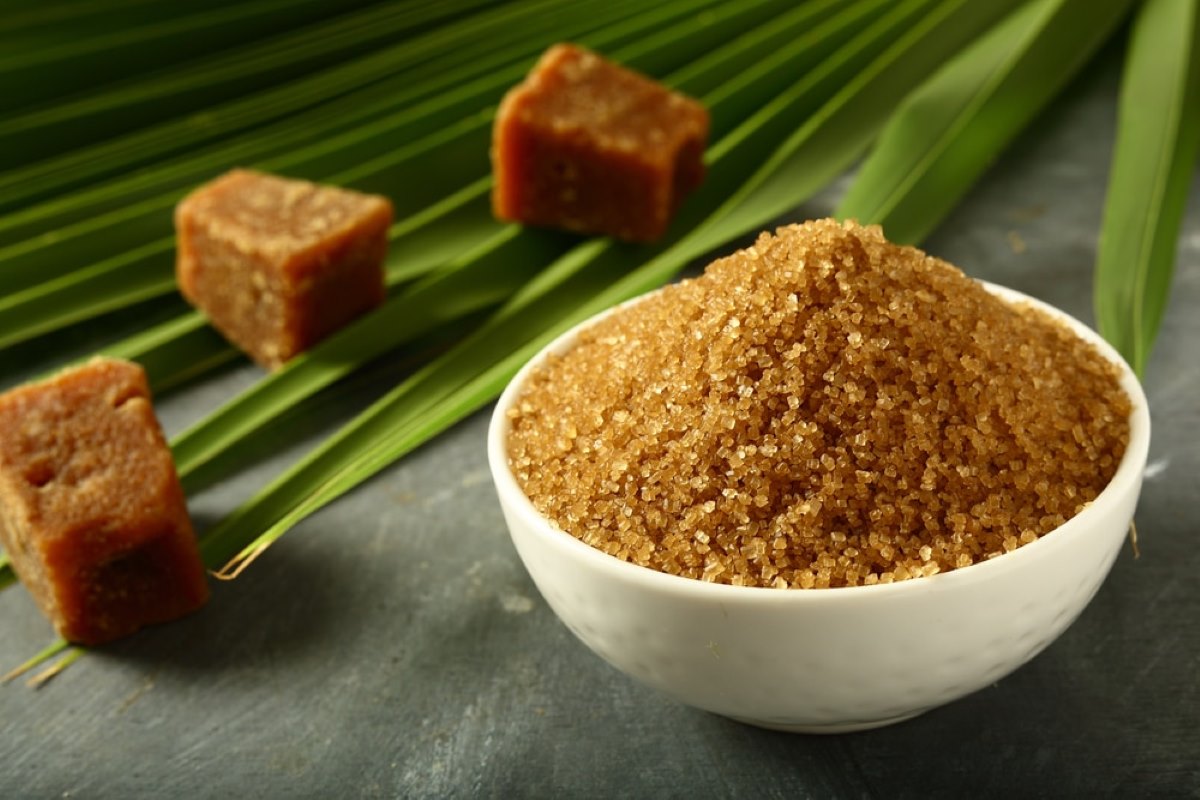

Articles
How To Store Palm Sugar
Modified: December 7, 2023
Learn the best ways to store palm sugar and keep it fresh for longer. Discover tips and tricks in this informative articles.
(Many of the links in this article redirect to a specific reviewed product. Your purchase of these products through affiliate links helps to generate commission for Storables.com, at no extra cost. Learn more)
Introduction
Palm sugar is a natural sweetener that has been used for centuries in many cuisines around the world. Made from the sap of various species of palm trees, palm sugar has a unique flavor profile and a rich caramel-like taste. It is a versatile ingredient that can be used in a wide range of desserts, drinks, and savory dishes, adding a distinct sweetness and depth of flavor.
Proper storage of palm sugar is essential to maintain its quality and prevent spoilage. If not stored correctly, palm sugar can become hard, lumpy, or even develop mold, rendering it unusable. To ensure that your palm sugar retains its freshness and flavor for an extended period, it is crucial to consider specific factors and follow the right storage techniques.
In this article, we will explore the various factors to consider when storing palm sugar and provide a step-by-step guide on how to store it properly. By understanding these guidelines, you can prolong the shelf life of your palm sugar and enjoy its delightful sweetness in your favorite recipes for months to come.
Key Takeaways:
- Proper storage of palm sugar is crucial to maintain its quality, flavor, and safety. Factors such as container choice, temperature control, and humidity levels play a key role in preserving the sugar’s freshness and texture.
- Shielding palm sugar from sunlight, preventing contamination, and managing air exposure are essential steps in maintaining its quality. Regularly checking for spoilage ensures the safety and freshness of stored palm sugar.
Read more: How To Store Sugar
What is Palm Sugar
Palm sugar, also known as jaggery or gula melaka, is a natural sweetener derived from the sap of palm trees. It is a common ingredient in Asian, African, and South American cuisines, where it is prized for its unique flavor and nutritional properties.
The process of making palm sugar involves extracting the sap from the flower bud of various palm tree species like coconut, date, or palmyra. This sap is then boiled until it thickens and solidifies, resulting in a dark brown, sticky substance with a caramel-like flavor.
Unlike refined sugar, palm sugar is less processed and retains some of the natural vitamins and minerals present in the palm sap. It is a rich source of nutrients like potassium, iron, and B vitamins, making it a healthier alternative to regular sugar.
Palm sugar can vary in texture and appearance depending on the specific type and processing method. It can be found in the form of solid blocks, soft pastes, or granules. The texture can range from moist and sticky to dry and grainy.
Due to its distinctive flavor and versatility, palm sugar is widely used in various culinary applications. It is commonly used in desserts like kueh, cakes, and traditional Asian sweets. It is also used to sweeten beverages such as tea, coffee, and smoothies. Additionally, palm sugar is used in savory dishes, adding a hint of sweetness to curries, sauces, and marinades.
Overall, palm sugar is a natural, unrefined sweetener that adds depth and complexity to dishes. Its unique flavor profile and nutritional benefits make it a popular choice for individuals seeking healthier alternatives to regular sugar.
Why is Proper Storage Important
Proper storage of palm sugar is crucial to maintain its quality, freshness, and flavor over an extended period. Failing to store palm sugar correctly can lead to several issues that can affect its taste, texture, and even safety for consumption.
One of the main reasons why proper storage is important is to prevent palm sugar from becoming hard and lumpy. When exposed to air and moisture, palm sugar can absorb humidity and clump together, making it difficult to measure and use in recipes. Proper storage techniques help maintain the ideal moisture content, ensuring that palm sugar remains soft and easy to work with.
In addition to preventing hardness, proper storage also helps preserve the flavor profile of palm sugar. When exposed to heat, sunlight, or air, palm sugar can undergo caramelization and develop off-flavors, affecting the taste of dishes where it is used. By storing palm sugar in the right conditions, you can ensure that its natural flavor is preserved, enhancing the overall taste of your culinary creations.
Another important aspect of proper storage is preventing the growth of mold or bacteria. Palm sugar is susceptible to contamination if exposed to moisture or stored in unclean conditions. Mold growth not only affects the taste and texture of the sugar but can also pose health risks if consumed. By following proper storage practices, you can minimize the risk of spoilage and ensure the safety of the palm sugar.
Furthermore, proper storage helps extend the shelf life of palm sugar. As a natural product, palm sugar can deteriorate over time if not stored correctly. It can lose its moisture, harden, or develop an off-putting odor. By implementing the right storage techniques, you can prolong the shelf life of palm sugar, allowing you to enjoy its sweetness for an extended period without compromising its quality.
Overall, proper storage is vital to maintain the quality, flavor, and safety of palm sugar. By taking the necessary precautions and following the recommended storage practices, you can ensure that your palm sugar remains fresh, soft, and flavorful, elevating your culinary creations to the next level.
Factors to Consider for Storing Palm Sugar
When it comes to storing palm sugar, there are several critical factors that you need to consider to ensure its longevity and quality. These factors include the choice of container, temperature, humidity levels, protection from sunlight, prevention of contamination, and managing air exposure. Let’s explore each factor in more detail:
- Choosing the Right Container: It is essential to store palm sugar in an airtight container that is made of food-grade material. This helps protect the sugar from air exposure, moisture, and external odors that could affect its flavor and texture. Glass jars with tight-fitting lids or resealable plastic bags are popular choices for storing palm sugar.
- Maintaining Proper Temperature: Palm sugar should be stored in a cool and dry place to maintain its freshness and prevent melting or crystallization. The ideal temperature range for storing palm sugar is between 50°F and 77°F (10°C and 25°C). Avoid storing it near heat sources like stoves or ovens.
- Controlling Humidity Levels: Palm sugar is hygroscopic, meaning it can absorb moisture from the air. To prevent clumping and maintain its soft texture, it is crucial to store palm sugar in a low-humidity environment. If you live in a humid climate, consider using moisture-absorbing packets or silica gel packs in the container to reduce moisture levels.
- Protecting from Sunlight: Sunlight exposure can lead to heat buildup and accelerate the aging process of palm sugar. Store your palm sugar in a dark place away from direct sunlight to prevent color changes and maintain its natural flavor and aroma.
- Preventing Contamination: Ensure that the container and the surrounding storage area are clean and free from any contaminants that may contaminate the palm sugar. It is important to keep the sugar away from strong-smelling substances as it can absorb odors easily.
- Managing Air Exposure: Air exposure can lead to moisture absorption and the hardening of palm sugar. To minimize air exposure, ensure that the container is tightly sealed after each use and avoid opening it unnecessarily.
By considering these factors and implementing the appropriate storage practices, you can ensure that your palm sugar remains fresh, soft, and flavorful for an extended period. Taking the time to store it properly will allow you to enjoy the delightful sweetness and unique flavor of palm sugar in your favorite recipes.
Step 1: Choosing the Right Container
Choosing the right container is a crucial step in storing palm sugar properly. The container you use should provide an airtight seal to protect the sugar from air exposure, moisture, and external odors that could affect its quality. Here are some tips on selecting the right container for storing palm sugar:
- Opt for an Airtight Container: Choose a container that has an airtight seal to prevent air from entering and moisture from escaping. This helps maintain the freshness and texture of palm sugar over time. Glass jars with tight-fitting lids or resealable plastic bags are excellent options for storing palm sugar.
- Consider Food-Grade Materials: Ensure that the container is made of food-grade material to ensure the sugar’s safety and prevent any potential chemical interactions. Glass and high-quality food-safe plastics are the recommended materials for storing palm sugar.
- Size and Shape: Consider the amount of palm sugar you usually use and choose a container with sufficient capacity to accommodate your needs. Rectangular or square-shaped containers are ideal for maximizing storage space and preventing unnecessary air gaps.
- Transparency: If possible, choose a container that is transparent or semi-transparent. This allows you to easily see the quantity and condition of the palm sugar without having to open the container, minimizing unnecessary air exposure.
- Label the Container: To avoid confusion and maintain organization, label the container with the date of storage or expiry, especially if you plan to store multiple containers of palm sugar. This helps you keep track of the freshness and makes it easier to identify the sugar when needed.
Remember to clean the container thoroughly before storing palm sugar to ensure that no residue or contaminants are present. Allow the container to dry completely before transferring the sugar to prevent any excess moisture from getting into the palm sugar.
By choosing the right container and ensuring it provides an airtight seal, you can keep your palm sugar fresh, soft, and ready to use for an extended period of time. This is an important first step in proper palm sugar storage that sets the foundation for maintaining its quality.
Read more: How To Store Sugar Cane
Step 2: Maintaining Proper Temperature
Maintaining the right temperature is essential for storing palm sugar and preserving its freshness and quality. Improper temperature can lead to the melting or crystallization of palm sugar, affecting its texture and making it challenging to use. Here are some tips for maintaining the proper temperature for storing palm sugar:
- Cool and Dry Storage: Palm sugar should be stored in a cool and dry place to prevent spoilage and maintain its texture. The ideal temperature range for storing palm sugar is between 50°F and 77°F (10°C and 25°C). Avoid storing palm sugar in areas that are exposed to heat sources like stoves, ovens, or direct sunlight, as this can lead to melting or heat-induced discoloration.
- Avoid Extreme Temperature Changes: Rapid changes in temperature can cause condensation, leading to the formation of moisture on the palm sugar. To avoid this, store palm sugar in a location where the temperature remains relatively stable. Avoid placing it near sources of heat or cold drafts that could cause sudden temperature fluctuations.
- Refrigeration Consideration: While not necessary, refrigeration can be an option in warm or humid climates to maintain the freshness and texture of palm sugar. However, store palm sugar in an airtight container to prevent moisture absorption from the refrigerator, which can result in hardening or clumping.
- Freezing Palm Sugar: Freezing palm sugar is generally not recommended as it can alter its texture and affect its quality. The water molecules may crystallize within the sugar, causing it to become grainy or lose its softness. If you choose to freeze palm sugar, ensure it is tightly sealed in an airtight container and allow it to thaw completely before using.
By maintaining the proper temperature for storing palm sugar, you can ensure that it remains soft, easily usable, and retains its delightful caramel-like flavor. Avoid exposing palm sugar to extreme temperature conditions and be mindful of the storage environment to prolong its shelf life and maintain its quality.
Store palm sugar in an airtight container in a cool, dry place away from direct sunlight. You can also wrap it in plastic wrap and store it in the refrigerator to extend its shelf life.
Step 3: Controlling Humidity Levels
Controlling humidity levels is crucial when storing palm sugar. Palm sugar is hygroscopic, meaning it has the tendency to absorb moisture from the surrounding environment. Excessive moisture can cause palm sugar to clump and harden, making it difficult to use. Here are some tips for controlling humidity levels when storing palm sugar:
- Low-Humidity Storage Area: Choose a storage area that has low humidity, ideally below 50%, to prevent moisture absorption by the palm sugar. Avoid storing it in areas like the kitchen or near the bathroom, where humidity levels tend to be higher.
- Use Moisture-Absorbing Packets: Consider using moisture-absorbing packets or silica gel packs in the container to help reduce humidity levels. These packets can help absorb excess moisture, keeping the palm sugar dry and preventing clumping. Ensure that the packets are food-safe and avoid direct contact with the palm sugar.
- Airtight Containers: As mentioned in step one, storing palm sugar in airtight containers plays a vital role in controlling humidity levels. A tightly sealed container prevents moisture from entering and affecting the sugar. Opt for glass jars or resealable plastic bags that provide a secure seal.
- Avoid Moisture-Prone Areas: Keep the palm sugar away from areas with high humidity, such as sinks, dishwashers, or other locations where water is frequently used. Also, make sure the storage area is well-ventilated to prevent the buildup of humidity.
- Periodically Check for Moisture: Regularly inspect the palm sugar for any signs of moisture or clumping. If you find any, gently break up any hardened clumps and consider using moisture-absorbing packets to reduce the humidity levels in the container.
By controlling humidity levels during storage, you can prevent the palm sugar from becoming sticky or lumpy. This ensures that the sugar remains loose and easily measured, making it convenient for use in your favorite recipes.
Step 4: Protecting from Sunlight
Protecting palm sugar from sunlight is essential to preserve its quality and prevent degradation. Sunlight exposure can cause the sugar to melt or become discolored, compromising its flavor and texture. Here are some tips to shield palm sugar from sunlight:
- Choose a Dark Storage Area: Store palm sugar in a dark area away from direct sunlight. In the kitchen, consider placing it in a cupboard or pantry that is not exposed to sunlight. Alternatively, choose a cool and dark spot in your home to store the sugar.
- Use Opaque Containers: Opt for opaque containers to further protect palm sugar from sunlight. Containers made of ceramic, metal, or dark-colored plastics can help block the UV rays and maintain the sugar’s quality. Transparent containers can be wrapped with foil or placed inside an opaque bag to provide additional protection.
- Avoid Transparent Containers: If you do choose to store palm sugar in transparent containers, make sure to keep them in a darker area or cover them with a cloth or towel to shield them from direct sunlight.
- Rotate Storage Position: If you don’t have a completely dark storage area, periodically rotate the container’s position or use a storage location that receives minimal sunlight exposure. This is especially important during the sunniest hours of the day.
- Inspect for Discoloration: Regularly check the palm sugar for any signs of discoloration or changes in texture. If you notice any alterations, it may indicate that the sugar has been exposed to sunlight or heat. In such cases, it is best to discard the affected portion.
By protecting palm sugar from sunlight, you can maintain its natural color, flavor, and texture. This helps to ensure that the sugar remains in optimal condition for your various culinary creations.
Step 5: Preventing Contamination
Preventing contamination is crucial when storing palm sugar to ensure its safety and quality. Contamination can occur when the sugar comes into contact with foreign substances or is exposed to unclean storage conditions. Here are some tips to prevent contamination when storing palm sugar:
- Clean Storage Area: Before storing palm sugar, ensure that the storage area, including shelves or cabinets, is clean and free of debris, dust, or any potential contaminants. Regularly wipe down the storage area to maintain cleanliness.
- Sealed Containers: Store palm sugar in sealed containers to create a barrier against outside contaminants. Ensure that the containers are securely closed to prevent any insects, rodents, or dust particles from entering and contaminating the sugar.
- Avoid Strong-Smelling Substances: Keep palm sugar away from strong-smelling substances, such as spices, cleaning agents, or chemicals, as the sugar can absorb these odors. This will help preserve the natural flavor and aroma of the sugar.
- Use a Spoon or Scoop: When accessing palm sugar from the container, always use a clean and dry spoon or scoop to prevent cross-contamination. Avoid using your hands directly, as it can introduce bacteria or moisture to the sugar.
- Seal the Container Properly: After each use, ensure that the container is tightly sealed to maintain its integrity and prevent any potential contamination. This also helps to preserve the sugar’s texture and prevent moisture absorption.
- Regularly Inspect for Signs of Contamination: Periodically check the palm sugar for any signs of mold, insects, or other contaminants. If you notice any unusual discoloration, spots, or changes in texture, discard the affected portion and thoroughly clean the container before transferring the sugar back in.
By taking the necessary precautions to prevent contamination, you can ensure that your palm sugar remains safe for consumption and maintains its quality for an extended period.
Read more: How To Store Powdered Sugar
Step 6: Managing Air Exposure
Managing air exposure is a critical step in storing palm sugar to maintain its freshness and prevent the sugar from hardening or absorbing moisture. Air exposure can lead to the loss of moisture and changes in the sugar’s texture. Here are some tips for managing air exposure when storing palm sugar:
- Ensure a Tightly Sealed Container: Store palm sugar in an airtight container to prevent air from entering and affecting its quality. Opt for containers with secure lids or resealable bags that provide a tight seal. It is essential to close the container properly after each use to minimize air exposure.
- Avoid Unnecessarily Opening the Container: Limit the number of times you open the container to mitigate air exposure. Every time the container is opened, there is a chance for air to enter and affect the palm sugar’s texture and moisture content.
- Do Not Store in Bulk: Consider storing palm sugar in smaller portions or portions that you would regularly use to minimize air exposure. This allows you to open and use a smaller container, keeping the remaining sugar sealed until it is needed.
- Store in Individual Packaging: Alternatively, consider portioning palm sugar into individual packaging, such as small airtight bags or containers. This way, each portion remains sealed until it is ready for use, reducing the overall air exposure of the bulk sugar.
- Avoid Dropping or Agitating the Container: Handle the container with care to prevent unnecessary agitation that can introduce air into the sugar. Rough handling or shaking can cause the sugar to clump or harden over time.
- Refrain from Using Moist or Wet Utensils: When measuring or scooping palm sugar, ensure that the utensils used are dry and free from any moisture. Even a small amount of moisture can affect the sugar’s texture and introduce excess moisture into the container.
By effectively managing air exposure, you can maintain the freshness and texture of palm sugar, ensuring that it remains soft and easy to use in your culinary endeavors.
Step 7: Checking for Spoilage
Regularly checking for spoilage is an essential step in ensuring the quality and safety of stored palm sugar. Over time, palm sugar can deteriorate, leading to changes in color, texture, or the presence of mold. Here are some tips for checking for spoilage when storing palm sugar:
- Inspect the Appearance: Examine the palm sugar for any discoloration or unusual color changes. If you notice any dark spots, patches of mold, or the sugar appears significantly different than its original color, it may indicate spoilage. Discard the affected portion and inspect the rest of the sugar for any signs of contamination.
- Check the Texture: Gently feel the palm sugar’s texture. It should be soft, crumbly, and free from any hard lumps. If the sugar has hardened or developed clumps, it may indicate moisture absorption or spoilage. Break up any hardened clumps and assess the remaining sugar for any signs of spoilage.
- Sniff for Odors: Give the palm sugar a quick sniff to detect any off-putting odors. Spoiled palm sugar can have a sour or rancid smell, indicating microbial growth or degradation. If the sugar emits any unpleasant or unexpected odors, dispose of it immediately.
- Look for Signs of Mold: Mold growth is a clear indication of spoilage. Examine the palm sugar closely for any visible mold, which can appear as fuzzy or discolored patches. If you spot any mold, discard the entire portion and clean the container thoroughly before using it again.
- Consider Expiry Dates: Palm sugar may have an expiration date or a recommended shelf life provided by the manufacturer. Take note of these dates and use the sugar before the indicated time to ensure its quality and freshness.
Regularly checking for spoilage is crucial to prevent the consumption of compromised palm sugar. If you notice any signs of spoilage, it is best to err on the side of caution and dispose of the affected sugar to avoid any potential health risks.
Conclusion
Storing palm sugar properly is essential to maintain its quality, flavor, and texture over time. By considering factors such as container choice, temperature control, humidity levels, protection from sunlight, prevention of contamination, managing air exposure, and checking for spoilage, you can ensure that your palm sugar remains fresh and ready to use in your favorite recipes.
Choosing the right container, such as an airtight glass jar or resealable plastic bag, helps to protect the palm sugar from air exposure and external odors. Maintaining a cool and dry storage area within the temperature range of 50°F to 77°F (10°C to 25°C) helps to preserve the sugar’s freshness and prevent melting or crystallization.
Controlling humidity levels is crucial to prevent clumping and preserve the soft texture of palm sugar. Using moisture-absorbing packets or silica gel packs can help reduce moisture in the container and maintain the sugar’s quality.
Shielding palm sugar from sunlight is important to prevent color changes and flavor alterations. Storing it in a dark area or using opaque containers helps to protect it from UV rays.
Preventing contamination involves keeping the storage area clean and using sealed containers to prevent foreign substances from entering. Using clean utensils and regularly inspecting the palm sugar for any signs of spoilage, such as mold or off-putting odors, is essential for ensuring its safety and quality.
Managing air exposure, by minimizing unnecessary opening of the container and storing palm sugar in smaller portions, helps to preserve its freshness and prevent moisture absorption.
Finally, regularly checking for spoilage is crucial to ensure the quality and safety of stored palm sugar. Any signs of discoloration, texture changes, mold growth, or unusual odors should prompt disposal of the affected portion.
By following these steps and implementing the recommended storage techniques, you can enjoy fresh and high-quality palm sugar for an extended period. This natural sweetener will continue to add its delightful caramel-like flavor to your various culinary creations, enhancing the taste and satisfaction of your dishes.
Frequently Asked Questions about How To Store Palm Sugar
Was this page helpful?
At Storables.com, we guarantee accurate and reliable information. Our content, validated by Expert Board Contributors, is crafted following stringent Editorial Policies. We're committed to providing you with well-researched, expert-backed insights for all your informational needs.
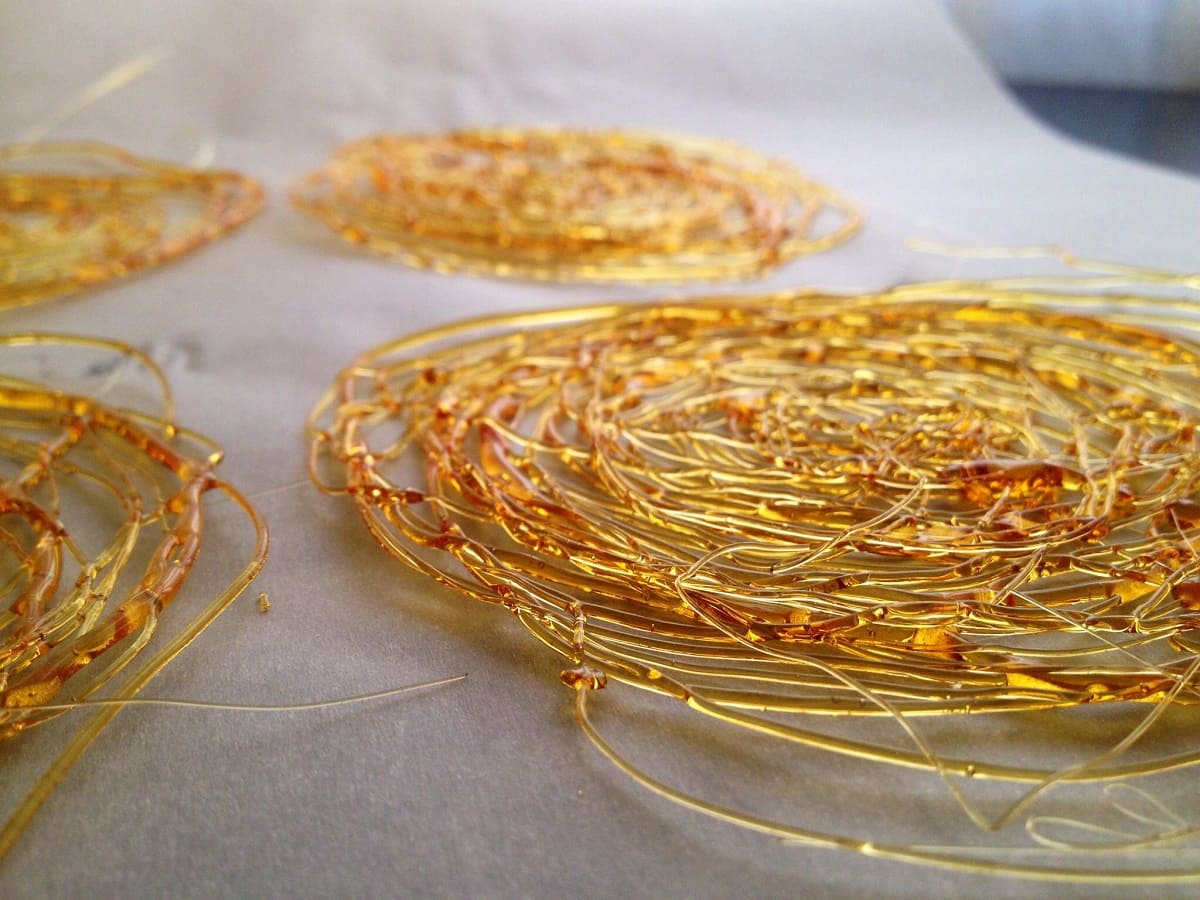
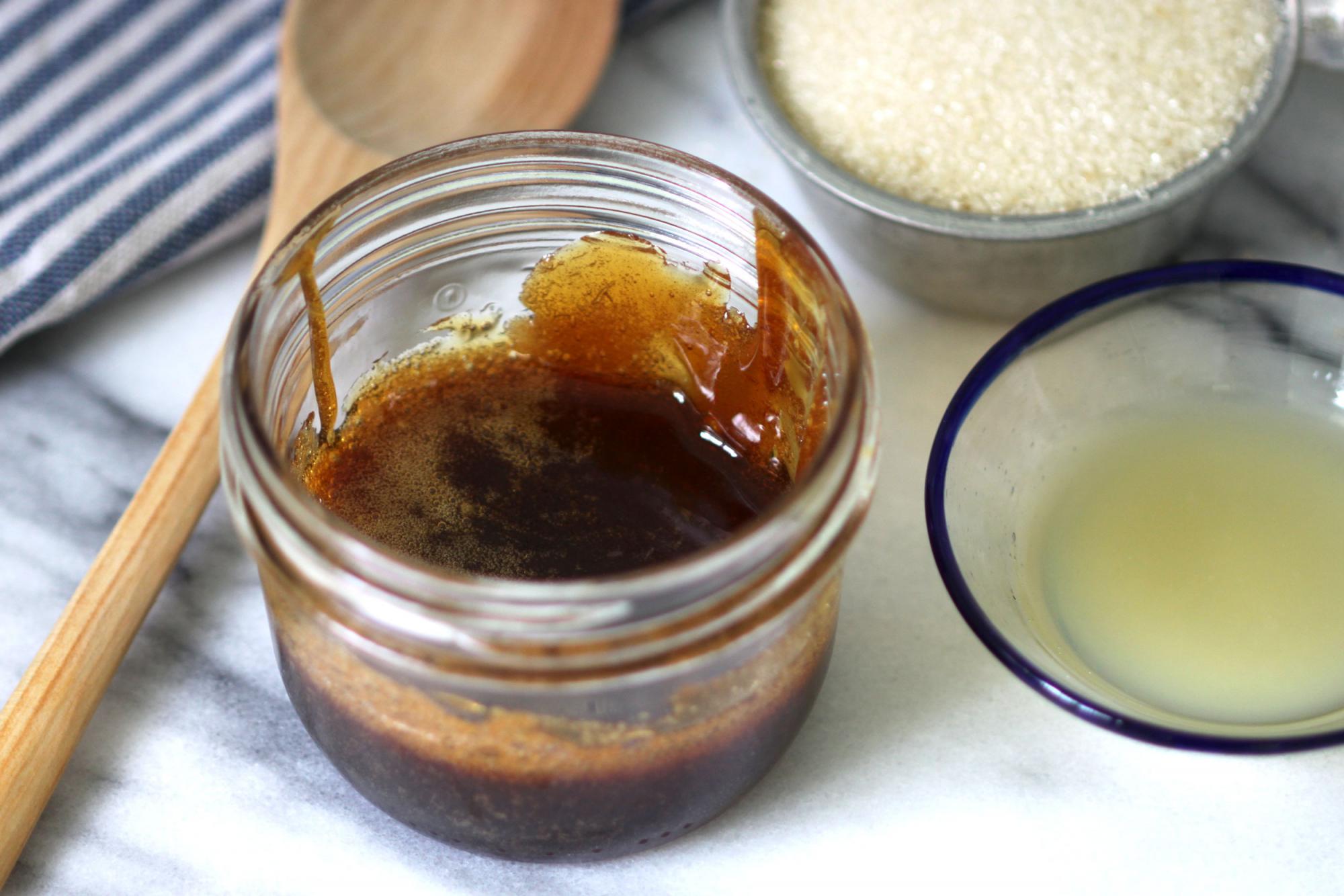
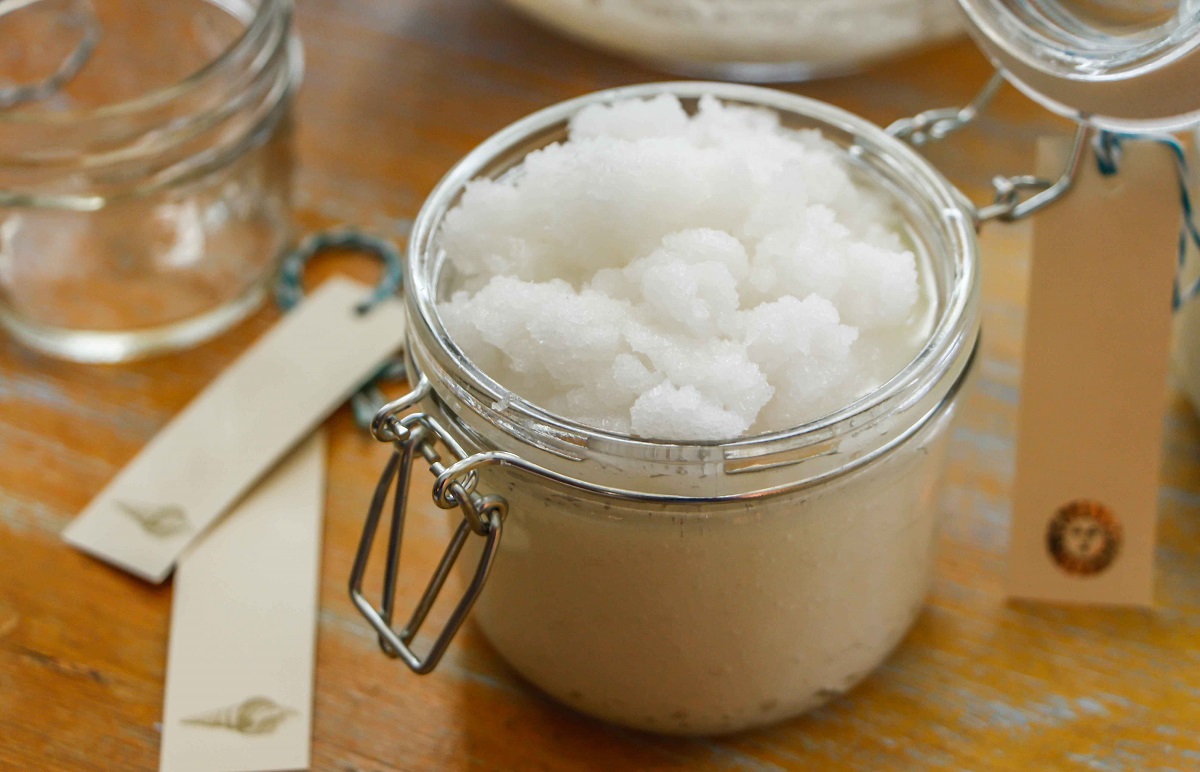
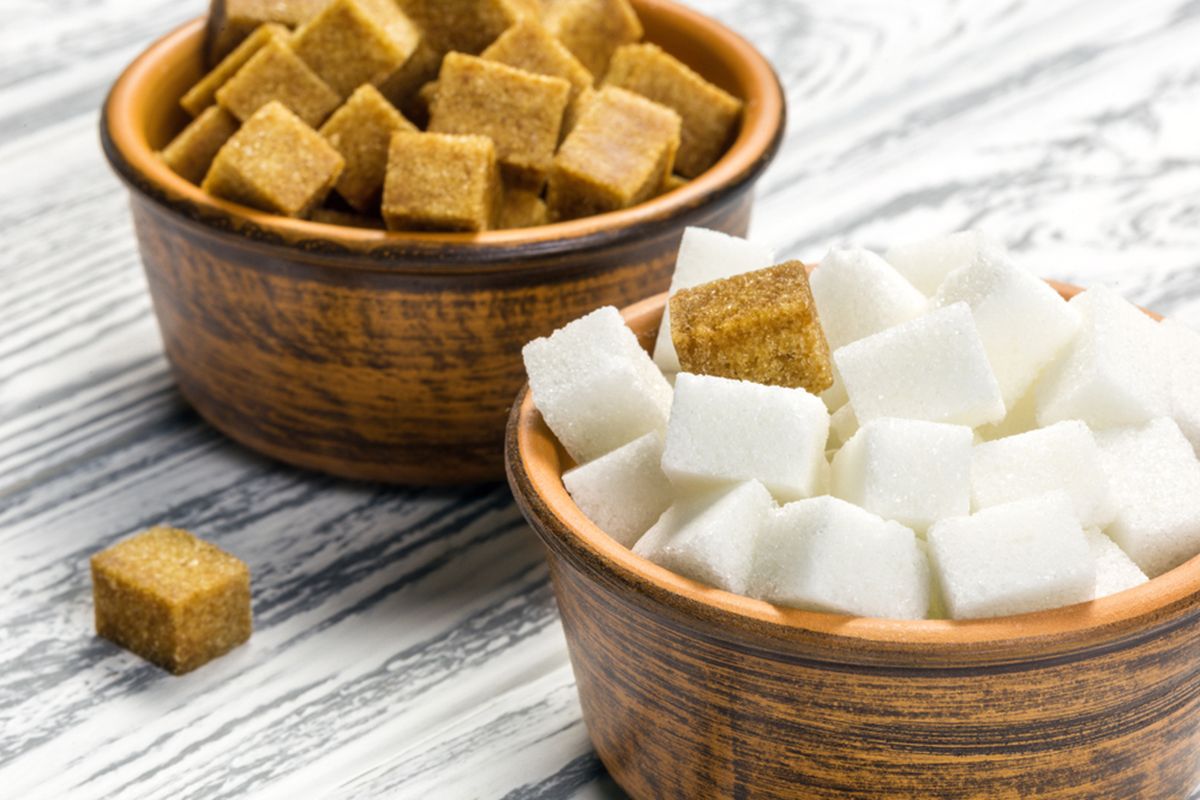
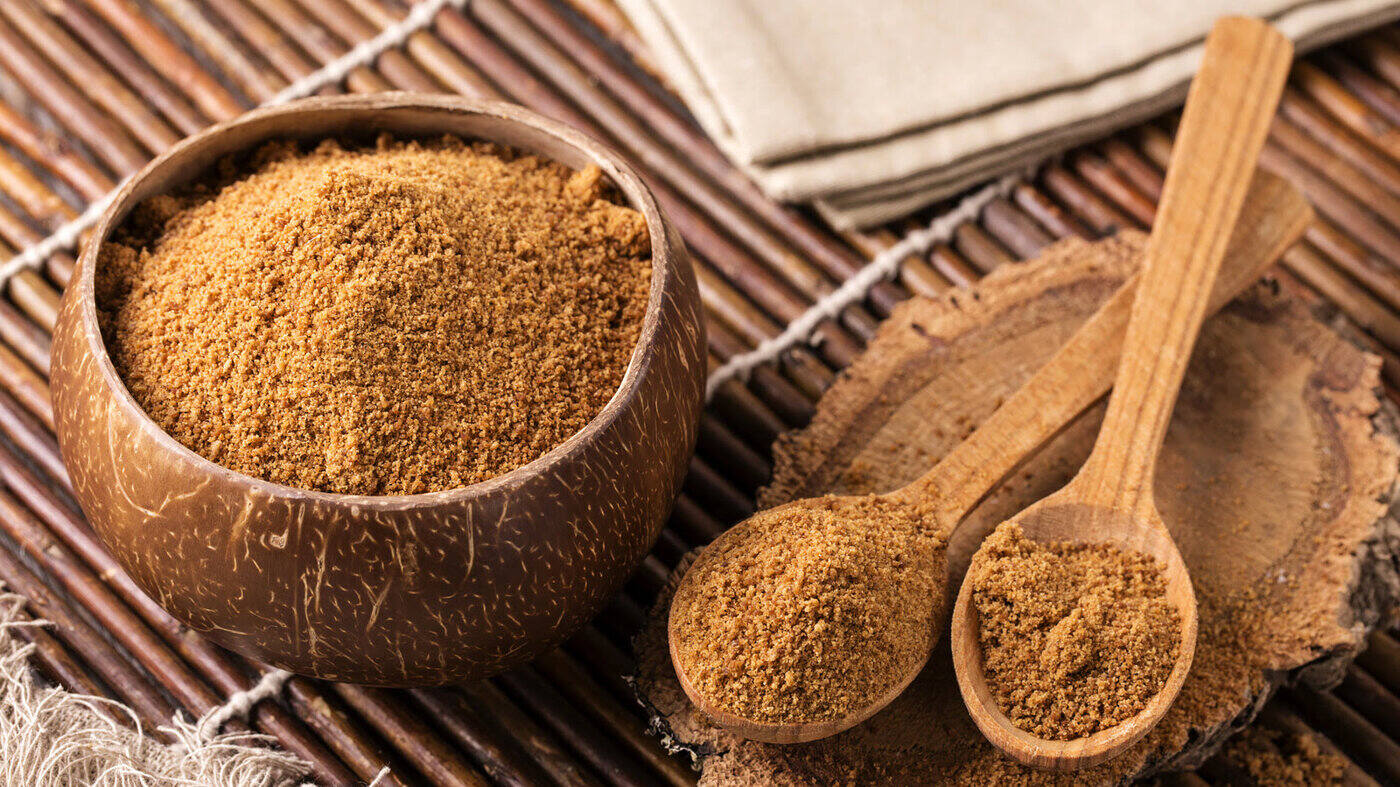
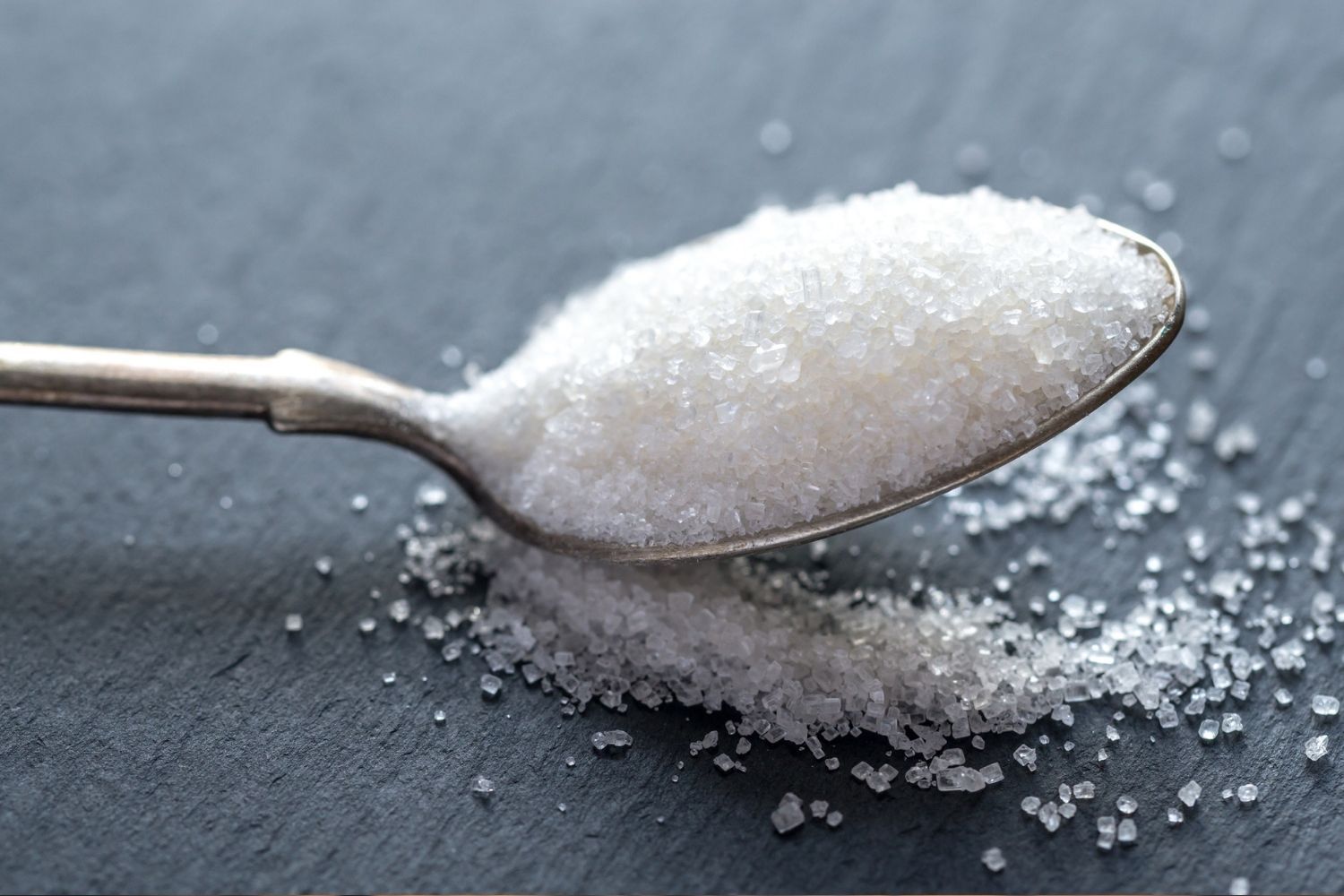
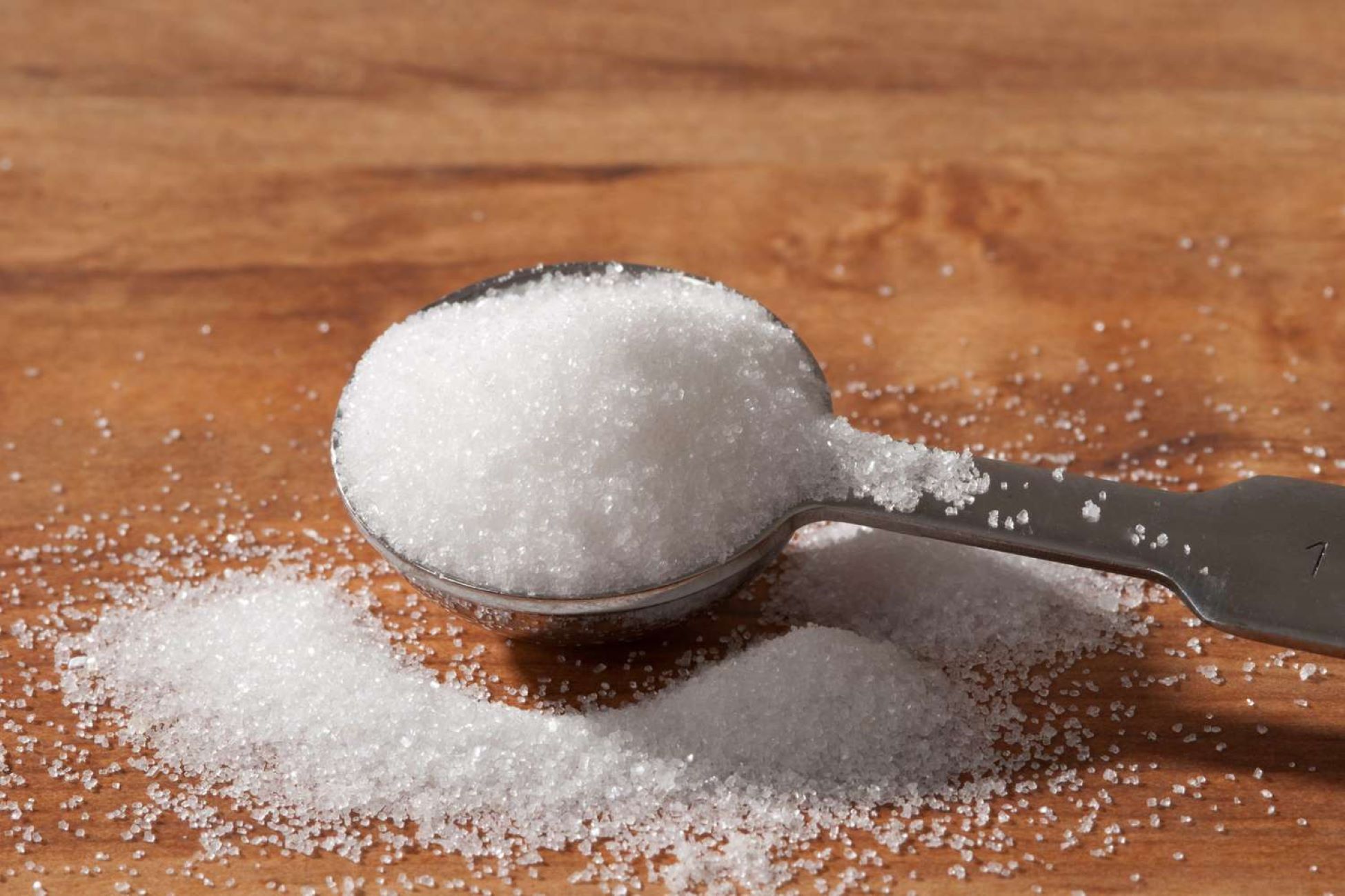
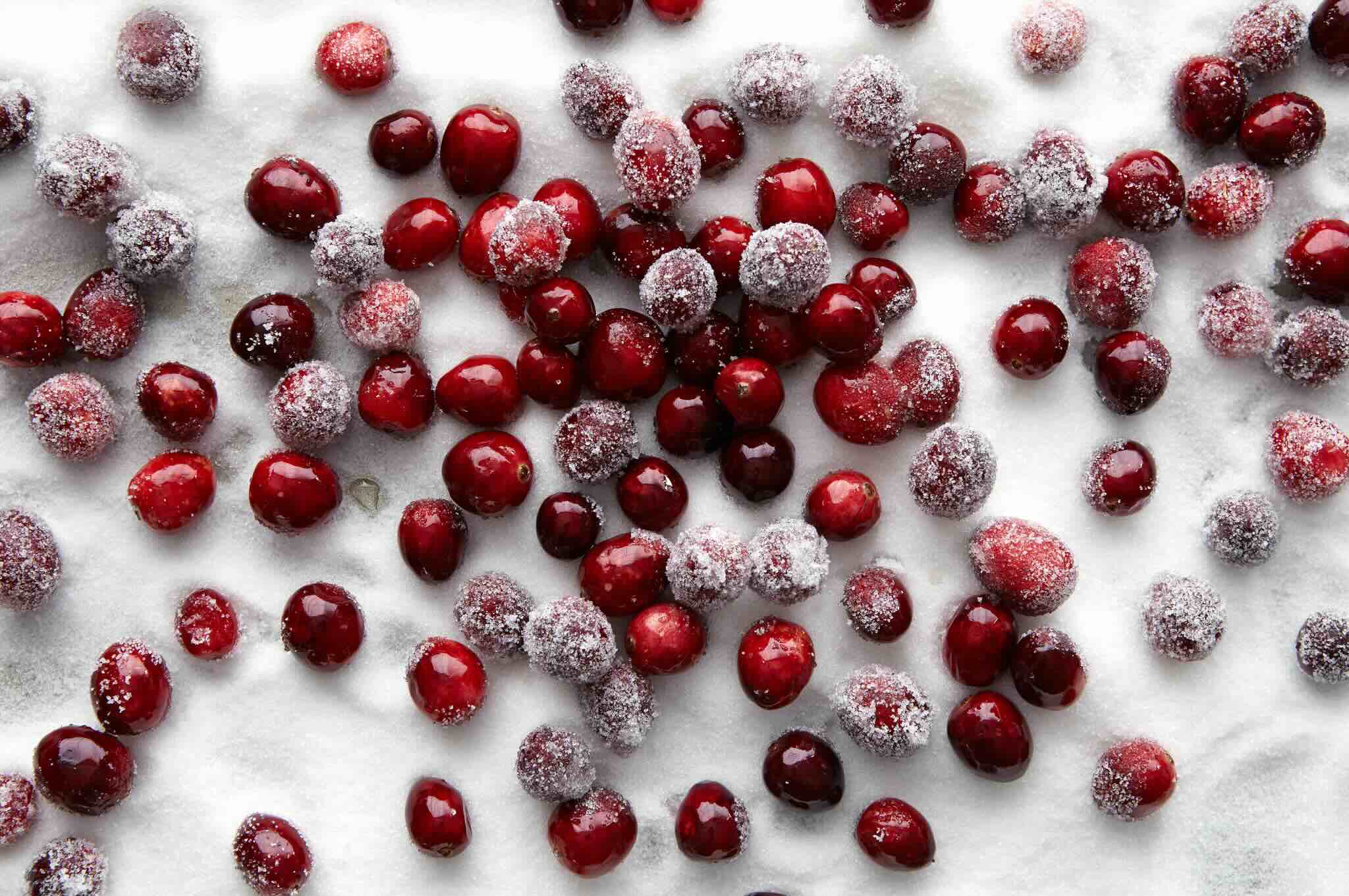

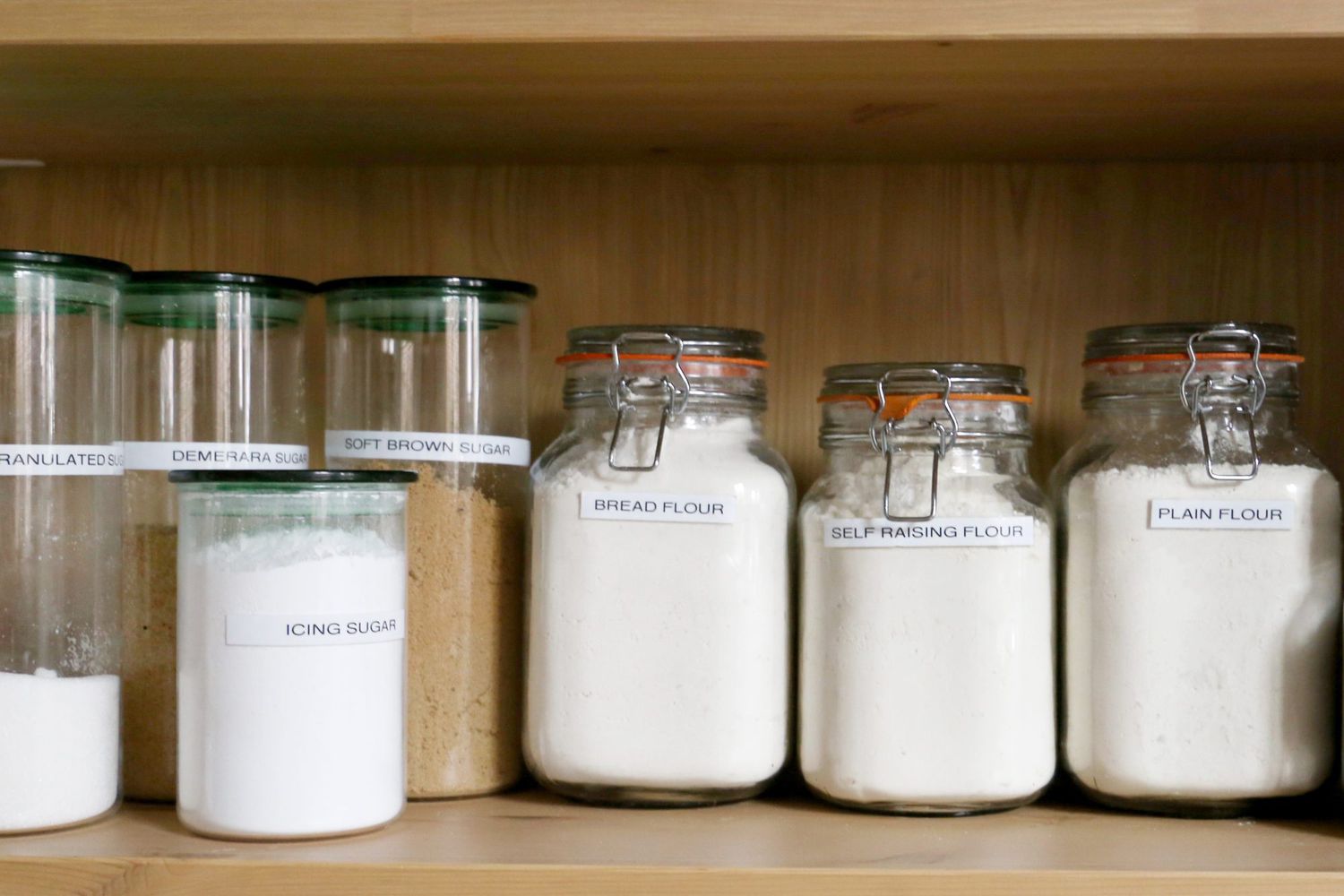
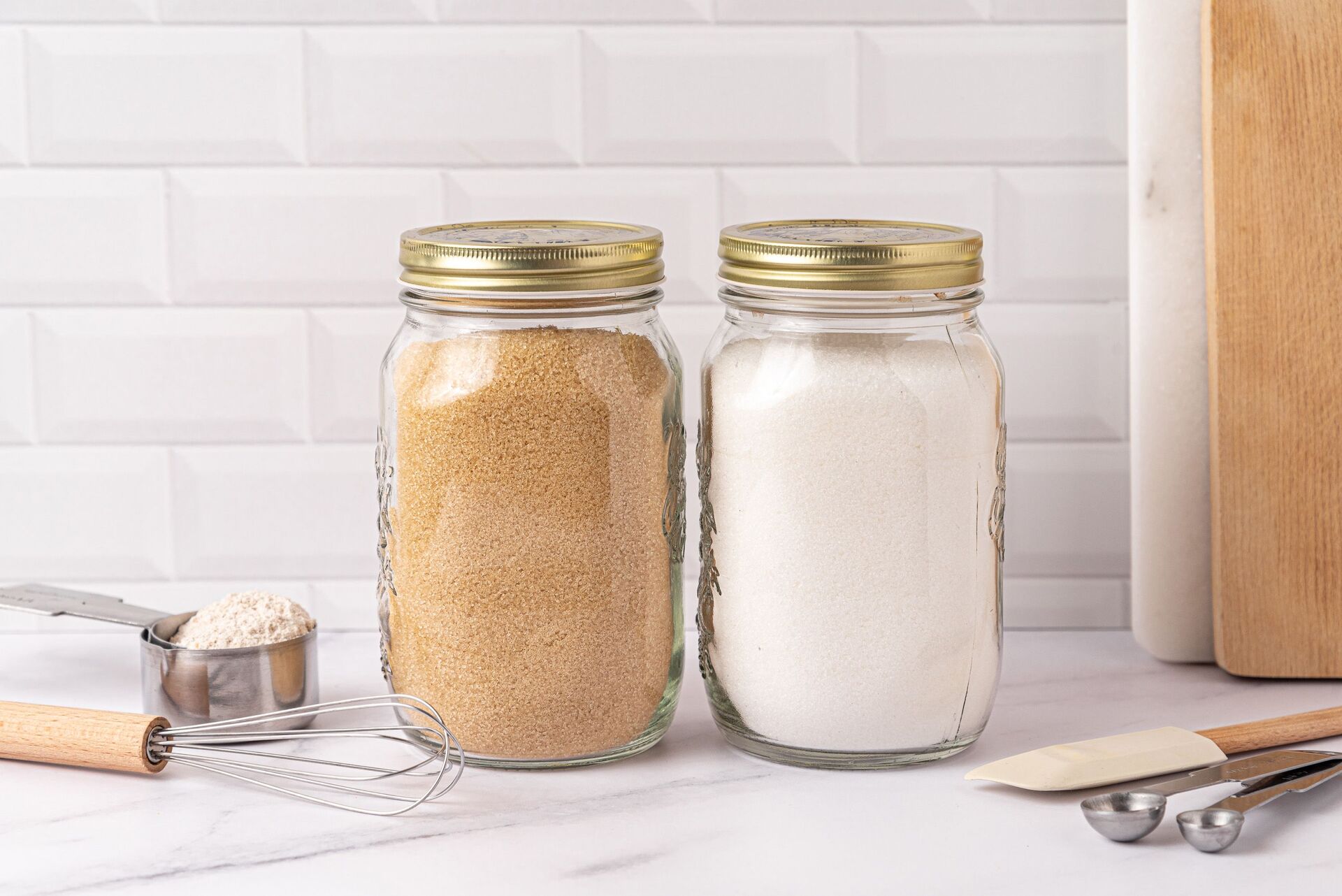
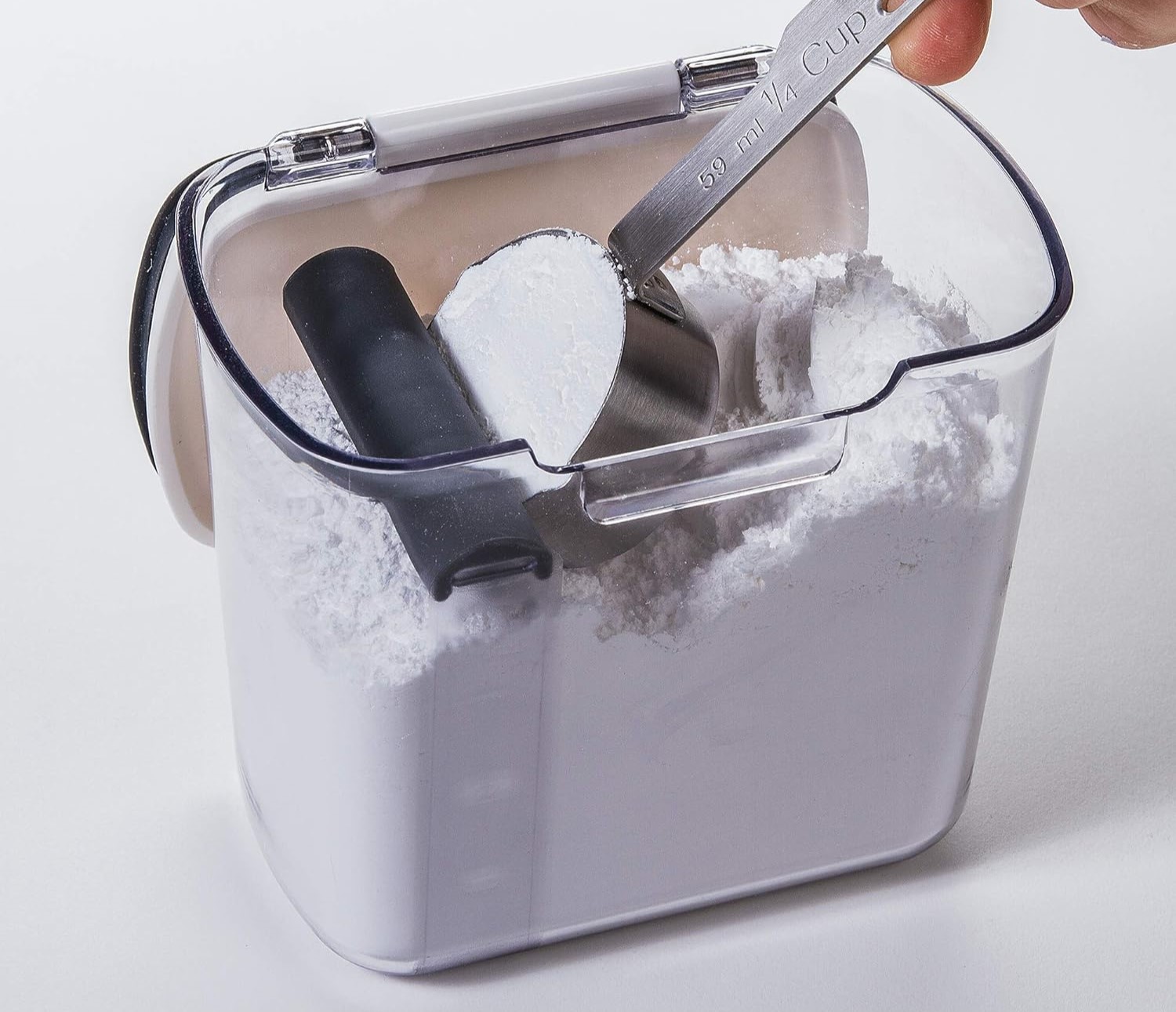


0 thoughts on “How To Store Palm Sugar”